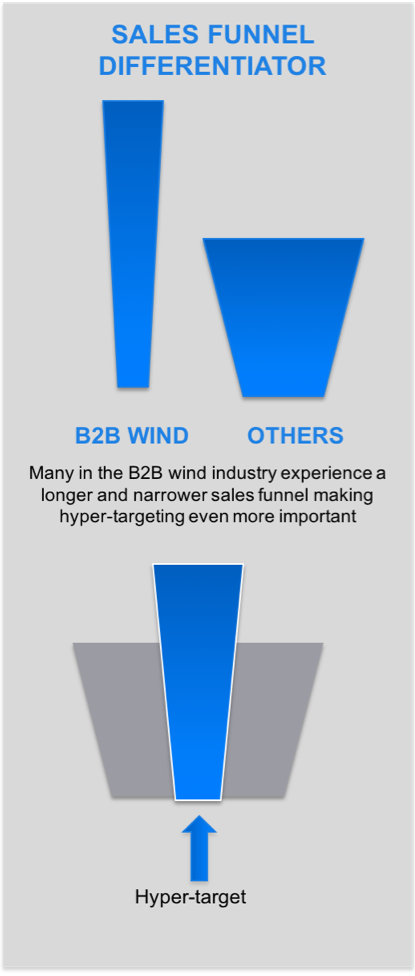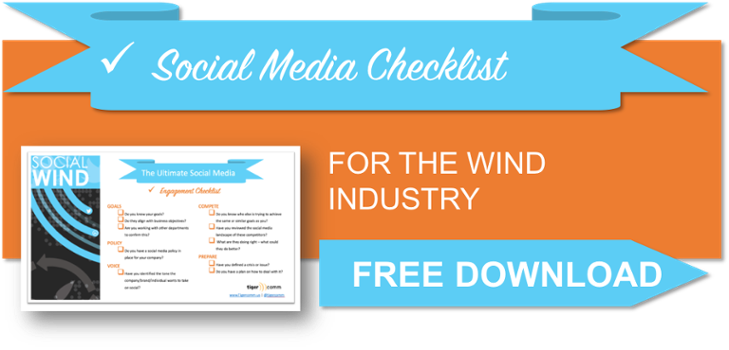By Sarah Lippincott and Mike Casey, excerpt from Social Wind.
Spoiler alert: We’ve found that almost every wind energy company is using social media as a limited distribution platform. That’s understandable, because social media is great for distribution as the first, highly targeted, yet far-reaching platform. There’s also the lure of social media’s lightning-in-a-bottle potential to “go viral,” organically attracting massive numbers of "eyeballs" with only a modest initial investment.
Yet most wind company programs are leaving on the table the real potential for social media -- targeted engagement. Social media is definitely cheap distribution, though for all but a few (like the Federal Reserve), a distribution-centric strategy can’t hold audience attention. There’s too much content and too many voices vying for a finite pool of people’s attention.
The potential for long-term attention for wind energy companies through social media lies is in targeted engagement, with networks of people investing their time and attention in a company’s products, policies and successes. But the engaged have to find value in engaging.
 Value-add engagement is only secured through a two-way conversation that matters. The buzz phrase is “democratized ownership.” It’s rare right now in high-ticket B2B sales, though the potential value remains. However, those benefits will only be reaped through well-designed, intensively managed social engagement programs. These aren’t cheap, but we see distribution-only tactics beginning to cost the wind industry more in opportunity than targeted engagement would require.
Value-add engagement is only secured through a two-way conversation that matters. The buzz phrase is “democratized ownership.” It’s rare right now in high-ticket B2B sales, though the potential value remains. However, those benefits will only be reaped through well-designed, intensively managed social engagement programs. These aren’t cheap, but we see distribution-only tactics beginning to cost the wind industry more in opportunity than targeted engagement would require.
Four Factors Make Social Wind Special
1. Disruptor’s needs-to-budget ratio
The wind industry is a new sector trying to increase its market share in an older industry with powerhouse incumbents. Your budgets-to-needs ratio are upside down compared to theirs.
2. Unusually high public support
Americans overwhelmingly support wind energy. Other industries spend heavily to create the high favorability wind energy naturally enjoys. But we can only fully leverage that support through well-designed social engagement programs.
3. Our inflection point raises the impact of word choice and framing
Wind power’s move from a disruptive new sector to a mainstream competitor means continuing to grow commercial demand for wind power while keeping public support for smart policies. That unique balancing act means word choice matters − not just to search engines, but also in how other policy makers and other business leaders see us. That’s no easy feat, given the increasingly wonky, technical nature of the wind business.
4. Narrow customer base means hyper-targeting customers and greater reliance on validating influencers
As a high-ticket, B2B industrial sector, many major industry players have to focus on a tightly defined customer base (we aren’t selling beer). That requires a greater precision in targeting, a quality-over-quantity approach to social media use, and a key role for social media influencers in amplifying our message.
